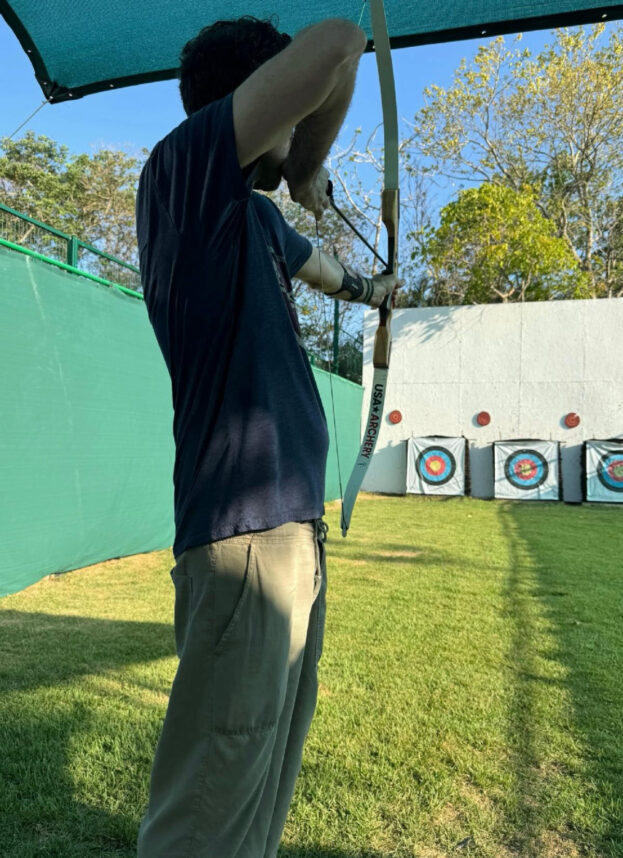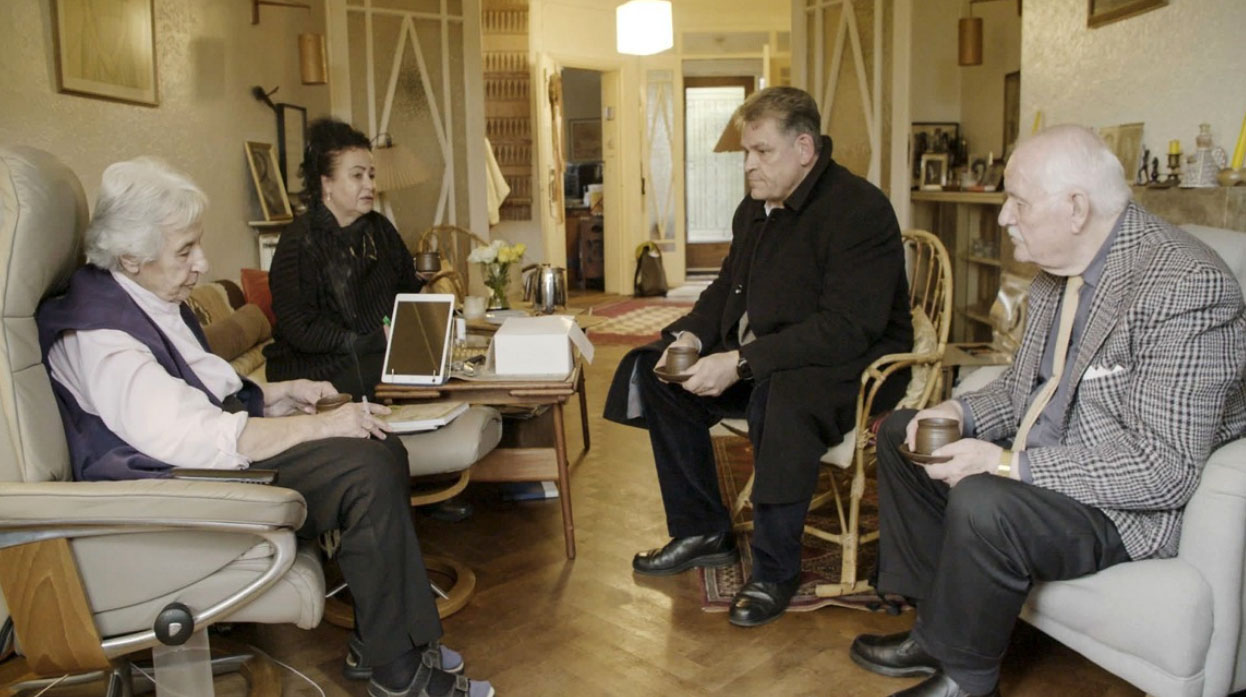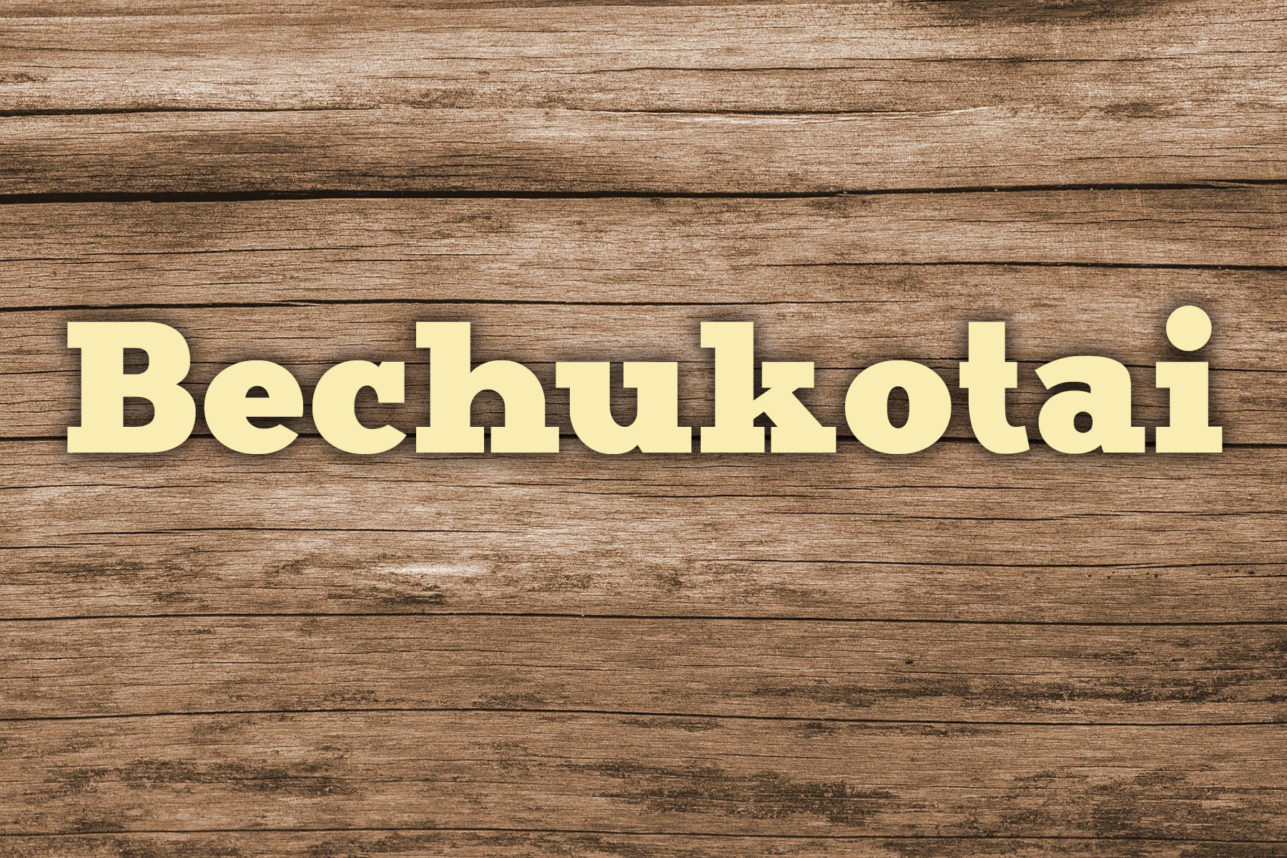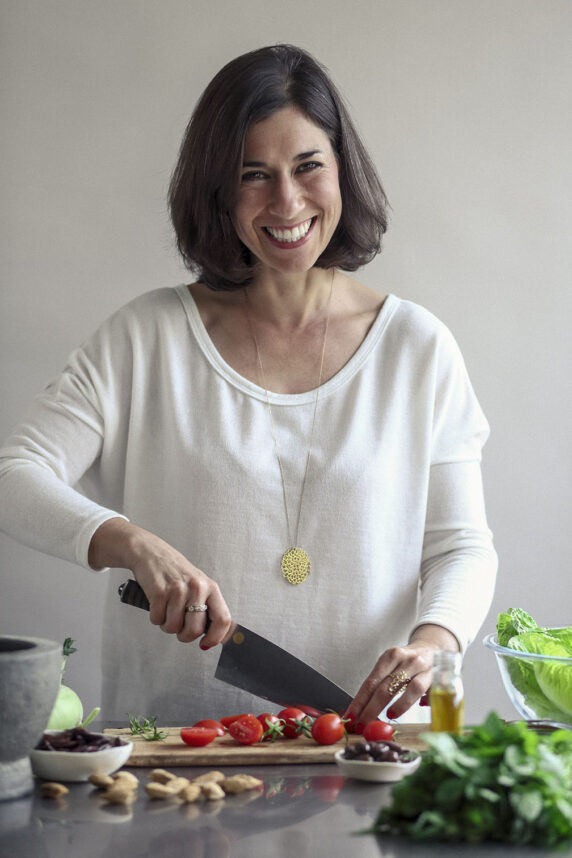Jewish population growth in Israel since 2000 has been 20 percent. The growth in the West Bank settlements has been 80 percent, or four times the growth rate of the country as a whole. The Jewish settlers on the West Bank have passed the 350 thousand mark, about two-thirds as many Jews that live in Los Angeles. As many Angeleno Jews commute to work, most settlers not working from home have to commute to employment primarily in Jerusalem and Tel Aviv.
It seems not to be true, as has been reported:
Most of the growth –- now about 4.5% annually –- is coming outside the major settlement blocs in areas that are not expected to become part of Israel under a two-state solution, according to a report Thursday in the pro-government Israel Hayom newspaper
as conveyed by the LA Times Edmund Sanders.
My analysis indicates that most of the last decade’s growth is actually coming from settlements boasting proximity to Israeli urban centers, job markets and major settlement blocs. Israelis don’t seem to be voting with their feet and migrating to West Bank settlements which don’t offer a “quality of life” which usually translates into security and convenience. Perhaps the term “settlement blocs” is malleable to suit ideological orientations.
Using recent data from 2010, the two fastest growing West Bank settlements, Na’ale and Adam are secular have grown six-fold and three-fold respectively. Na’ale, was founded and settled by employees of Israel Aircraft Industries which is a 29 minute commute away according to Google Maps. The third fastest growing is Kochave Ya’acov a religious West Bank settlement has grown two-and-a-half times and it is 28 minutes drive from Jerusalem.
Much of the settler population boom has been caused by natural increase in predominantly religious West Bank settlements, but these are also usually within the main settlement blocs. Modi’in Illit, thirty minutes drive from both Tel Aviv and Jerusalem, has almost doubled in population in the last decade. Modi’in Illit had an annual growth rate of 11 percent in 2009. An estimated 80 percent of the population is under age 30 and in 2006 the city’s median age stood at 10, the lowest of all Israeli municipalities.
Its fairly clear to me that most West Bank Jewish population growth is actually inside and not outside the major settlement blocs in areas that are expected to become part of Israel under a two-state solution. This seems to indicate that Jewish West Bank settlement is less driven by ideology and more by quality of life issues.
Pini Herman, PhD. has served as Asst. Research Professor at the University of Southern California Dept. of Geography, Adjunct Lecturer at the USC School of Social Work, Research Director at the Jewish Federation of Greater Los Angeles following Bruce Phillips, PhD. in that position (and author of the “most recent” 15 year old study of the LA Jewish population which was the third most downloaded study from Berman Jewish Policy Archives in 2011) and is a past President of the Movable Minyan a lay-lead independent congregation in the 3rd Street area. Currently he is a principal of Phillips and Herman Demographic Research. To email Pini: pini00003@gmail.com To follow Pini on Twitter: Follow @pinih






















 More news and opinions than at a Shabbat dinner, right in your inbox.
More news and opinions than at a Shabbat dinner, right in your inbox.